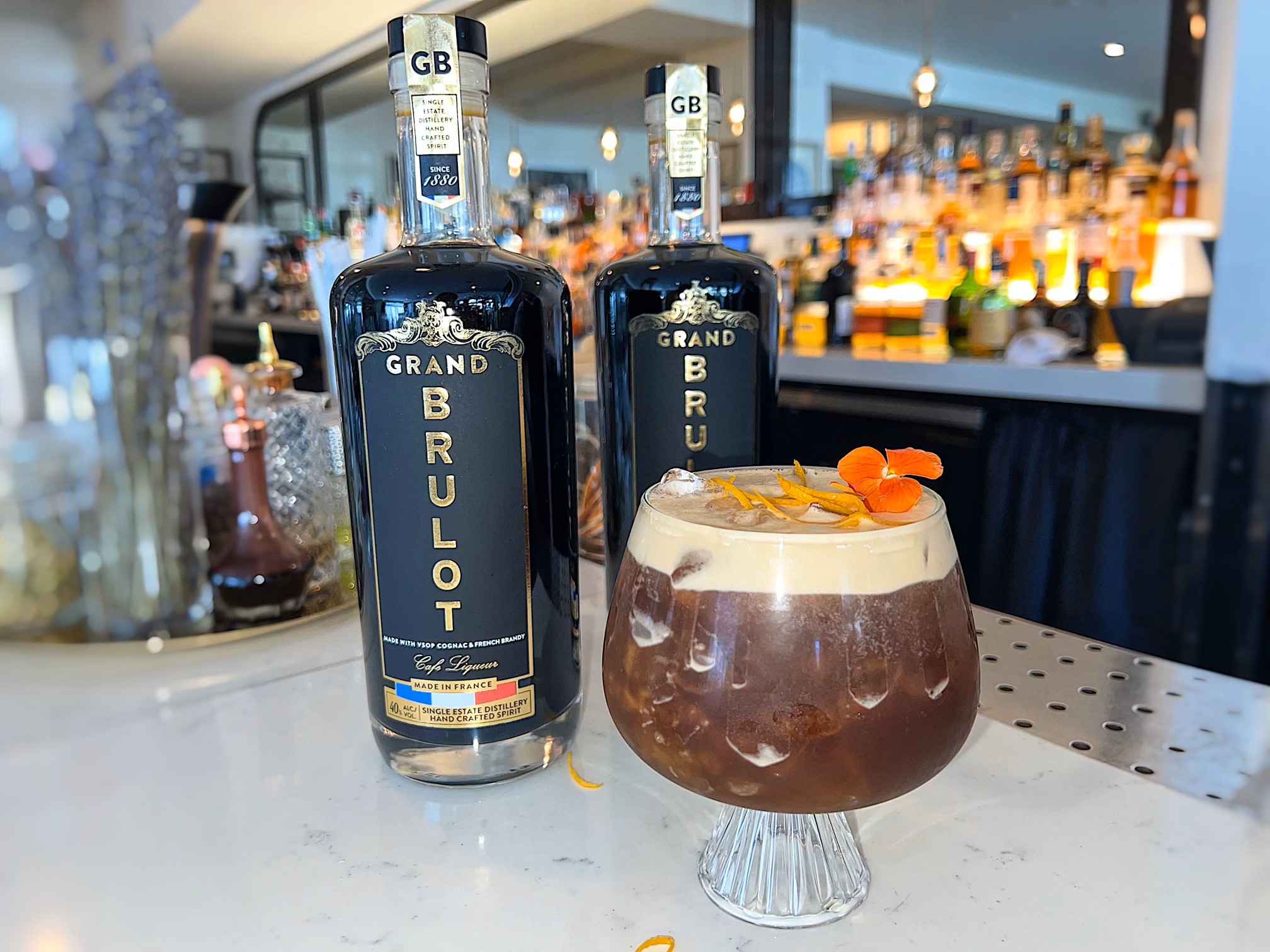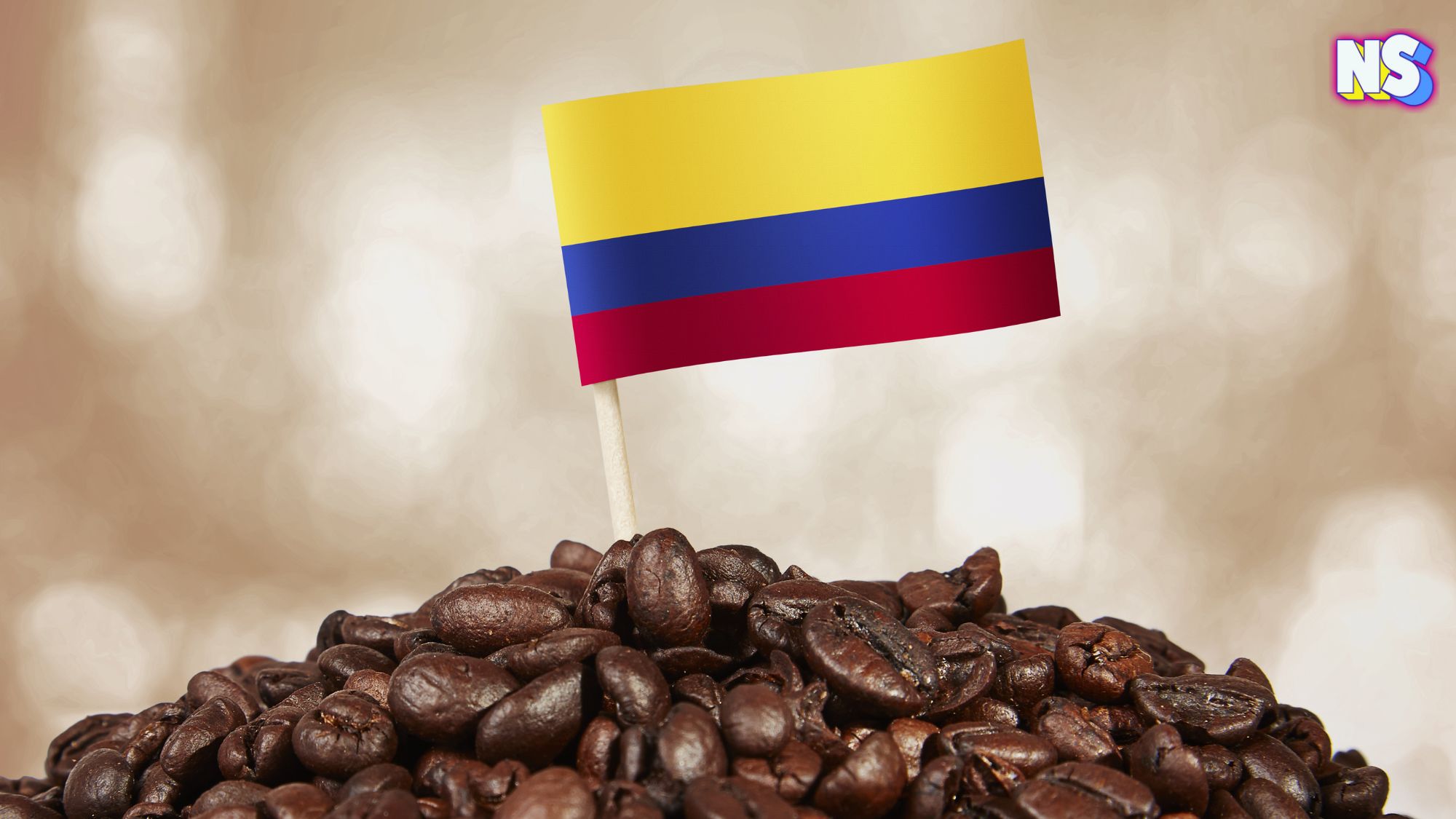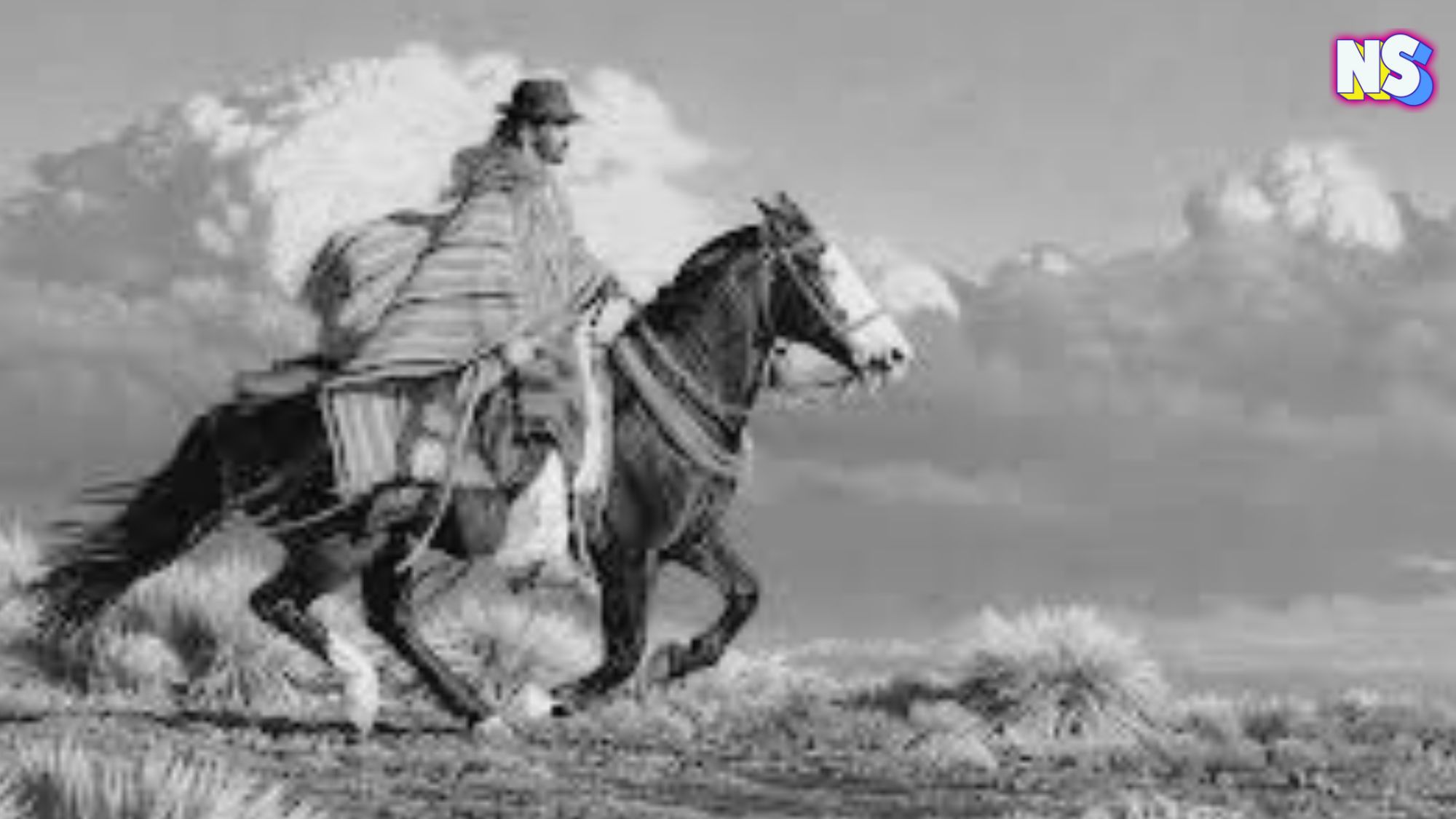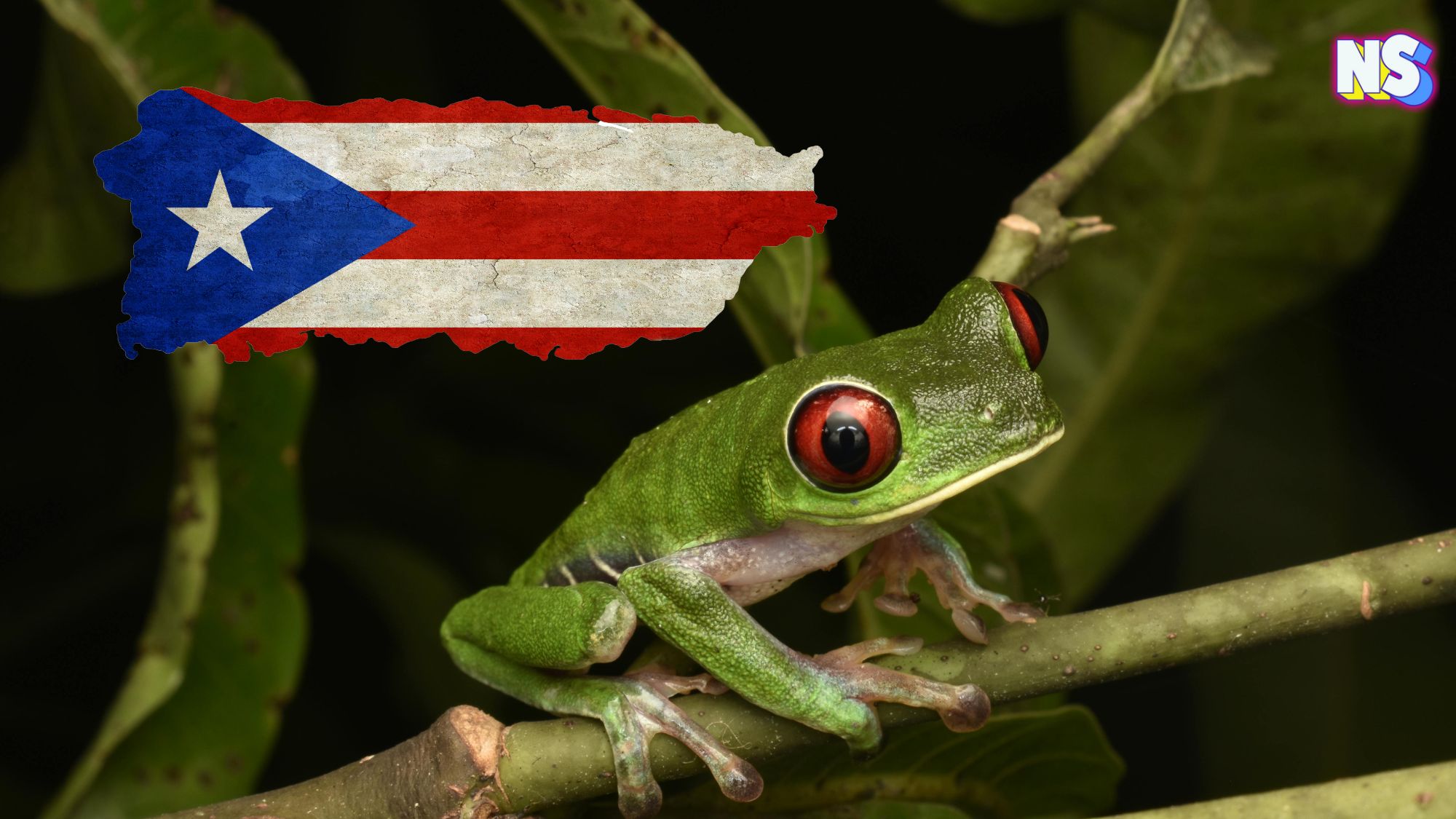Will yours be a tinto, café con leche, or perhaps a café carajillo? In Colombia, coffee isn’t just a morning brew. No, it’s so much more than that. It’s a way of life. Each morning, the familiar, enticing aroma of coffee fills homes, cafés, and streets as Colombians enjoy a cup with breakfast or on the go. Throughout the day, coffee sellers roam parks, taxi tanks and bus stations, offering small plastic cups of steaming Colombian coffee, often with lashings of sugar, in exchange for a few coins.
It’s probably no surprise that the country is one of the world’s coffee giants, producing 11.35 million 60 kilogram bags in 2023. It’s not only Colombians who love Colombian coffee though. Colombia is the third biggest global exporter of coffee beans after Brazil and Vietnam and has become famous for its tantalizing, rich flavors.
But, surprisingly, coffee isn’t native to Colombia, or even South America. So how and why has Colombia become one of the world’s top producing coffee nations?
@laruanaatl Una tradicion Colombiana ???????????????? #fyp #colombianrestaurant #laruanacolombianrestaurant #atlantacolombianfood #atlantacolombia #colombians #atlantafoodie #comidacolombiana #colombians
♬ Beso (Fruta Fresca) – Wakyin & Carlos Vives
Colombian Coffee and Its World Domination
Though coffee is now synonymous with Colombia, the Arabica bean grown in the country is widely believed to have been brought by European Jesuit priests in the 18th century, although it actually has its roots in Ethiopia. Coffee exports took off by the mid-1800s and became a cornerstone of the economy in the early 20th century. Today it makes up about 10 percent of coffee on the world market.
Colombian coffee’s popularity has a lot to do with its impressive mountains, great soil and mild climate – with just the right amount of rainfall. This enables beautiful crimson red coffee cherries, which contain the coffee bean, to grow in abundance. Colombia is quite unique in having a variety of zones – around 20 ideal for producing coffee that gives not only a caffeine fix, but a selection of flavors.
RELATED POST: 6 Latin American Coffees You Should Try
“When the flowers bloom, they release different aromas and the coffee plants capture them. This is what gives the coffee its different flavors,” says Johan Bravo, an enthusiastic coffee grower, who has a coffee farm close to the mountain village of Aguila, Valle de Cauca.
But while Colombia has been blessed with good geography and an ideal climate for coffee growing, the love and care farmers and pickers show the crops and beans is crucial too.
Quality over quantity
Colombia’s coffee harvesting technique is a ‘game changer,’ according to government agency ProColombia, which promotes Colombian exports. Rather than stripping whole plants and fields of the coffee cherries, Colombians ‘cherry pick’ the fruit, selecting the best ones and leaving the less-ripe ones to reach full maturity. The farmers also have thorough quality control methods – whether done by machines or just the human eye.
“There are several selection stages. From selecting the coffee cherries from the plant right through to when we’re washing the beans and then drying them, we’re always looking for impurities,” Bravo explains, who picks, selects and dries his beans, with the help of his family and some workers.
‘The best coffee in the world’
While the flavors of coffee vary across the country, Colombian coffee is usually considered to be sweet, with a medium acidity and not heavily roasted.
“To taste Colombian coffee is to taste the best coffee in the world,” according to the Colombian Coffee Growers Federation.
Of course, their opinion might be slightly biased given one of their aims to to promote Colombian coffee. However, it seems like much of the world agrees. In 2023, the US imported 243.76 million kilograms of Colombian coffee, according to the US Department of Agriculture. In fact, around 40 percent of what it exports ends up in the US. Canada, Germany, Belgium and Japan, also big importers of Colombian coffee.
@colfamiliar Este es el Cafe tostado llano real más rico y económico de colombia. Tan solo 10900 pesitos por libra, lo mejor lo puedes encontrar en autoservicio Colfamiliar en la ciudad de villavicencio en el barrio la rochela una cuadra abajo de la academia militar.
♬ sonido original – colfamiliar
But while Colombia has been producing top-notch coffee for years, not everyone in the country has been drinking it. Colombia exports way more of its premium coffee than it keeps and the quality of a ‘tinto’ – black coffee – found on street stalls, store shelves and bakeries varies greatly. While some is good quality, some is also low-grade, poor quality or even instant.
But that has started to change with a wave of coffee shops offering decent coffee – and high street Colombian chains like Juan Valdez and Oma making good quality coffee accessible to Colombians. But for Colombians, coffee represents much more than just the taste – it’s about tradition, community and hospitality – and has ingrained itself as a hallmark of Colombian culture.
Types of Colombian Coffee
While you can find your flat whites, cappuccinos and lattes in any upmarket cafe, Colombians have their own coffee terms.
Tinto – black coffee
Cafe con leche – coffee with milk, usually quite a lot of it
Cafe campesino – Black coffee sweetened with Panela (sugarcane)
Cafe carajillo – coffee with a shot of the Colombian liquor aguardiente
@zuluaga.coffee TINTO? ❌❌ Acá les dejo mi opinión muy PERSONAL sobre esta palabra , dejando claro que respeto todas las opiniones y entiendo el valor cultural ???????????????? que tiene esta palabra, sin embargo me encantaría escuchar su propia opinión en los comentarios ! ???????????????? Cuéntame cómo llaman al café en tu país ? #coffee #colombia #cafe #tinto #café #cultura
♬ sonido original – Juan Camilo Zuluaga
Where to learn about Colombian Coffee
In recent years, Colombia has had a tourism boom and there are an abundance of coffee farms that visitors can take a look around. The coffee zone in the center of the country is one of the most popular places to visit, but coffee farms can be found all over Colombia. Now coffee lovers can not only drink Colombian coffee, but visit the places where it’s being grown too. Here are some favorites:
Hacienda Venecia – A coffee tour in stunning settings on a farm that has been producing high-end coffee for around 100 years. After a cup of delicious coffee, you learn about the history of coffee, and how coffee makes it from bean to cup. Guestscan also stay overnight in one of the beautiful buildings.
Caficultur – A unique tour, where the owner, Don Leo, explains his personal experience of coffee and his life as a campesino during Colombia’s most turbulent years. This is in the south of the coffee region near to a beautiful little village called Buenavista.
@riana.metzger BEST COFFEE TOUR ☕️???????? Not me getting attacked by a goat after feeding it coffee cherries ???????? #colombia #medellin #southamerica #coffeetour #travelvlog #coffeefarm #colombiancoffee #travelmedellín
♬ original sound – Riana Metzger
Urban coffee tours – Right on the edge of Medellin, this is technically a city-based tour, but it doesn’t feel like it! Just a short walk from streets and houses are fields of luscious, green coffee plants. It’s the perfect place to learn about picking, selecting, drying and roasting coffee, but you also learn about the history of the neighborhood, which was once one of the most dangerous in the city.
Did you know? November 23 is National Espresso Day
On a related side note, we’d like to help you celebrate National Espresso Day, which is November 23. This year, try out this recipe courtesy of our friends at Grand Brulot, a smooth coffee cognac that combines “the finest 80-proof VSOP Cognac with rich Robusta coffee from Ecuador for the ultimate palate-pleasing blend that doesn’t overpower or underplay its two key ingredients.”

“Our Carajillo cocktail recipe is something special,” Xiomara Fonseca, the Beverage Director at Portosole, tells us. “We’ve taken the Spanish classic and given it a unique twist with Grand Brulot French liquor. The bitterness from the coffee in Grand Brulot perfectly counterbalances the sweetness of the orange liqueur, creating a light, refreshing and delicious cocktail. This is the perfect drink to round off a meal.”
Grand Brulot Carajillo
Ingredients:
- 1.5 oz Grand Brulot
- 1 shot of espresso
- 1.5 oz orange liquor
- .5 oz vanilla syrup
- Orange twist
Directions: Mix ingredients and shake together in a circular motion to create foam. Pour in a coupe glass and garnish with an orange twist.
Location: Portosole, Coral Gables





